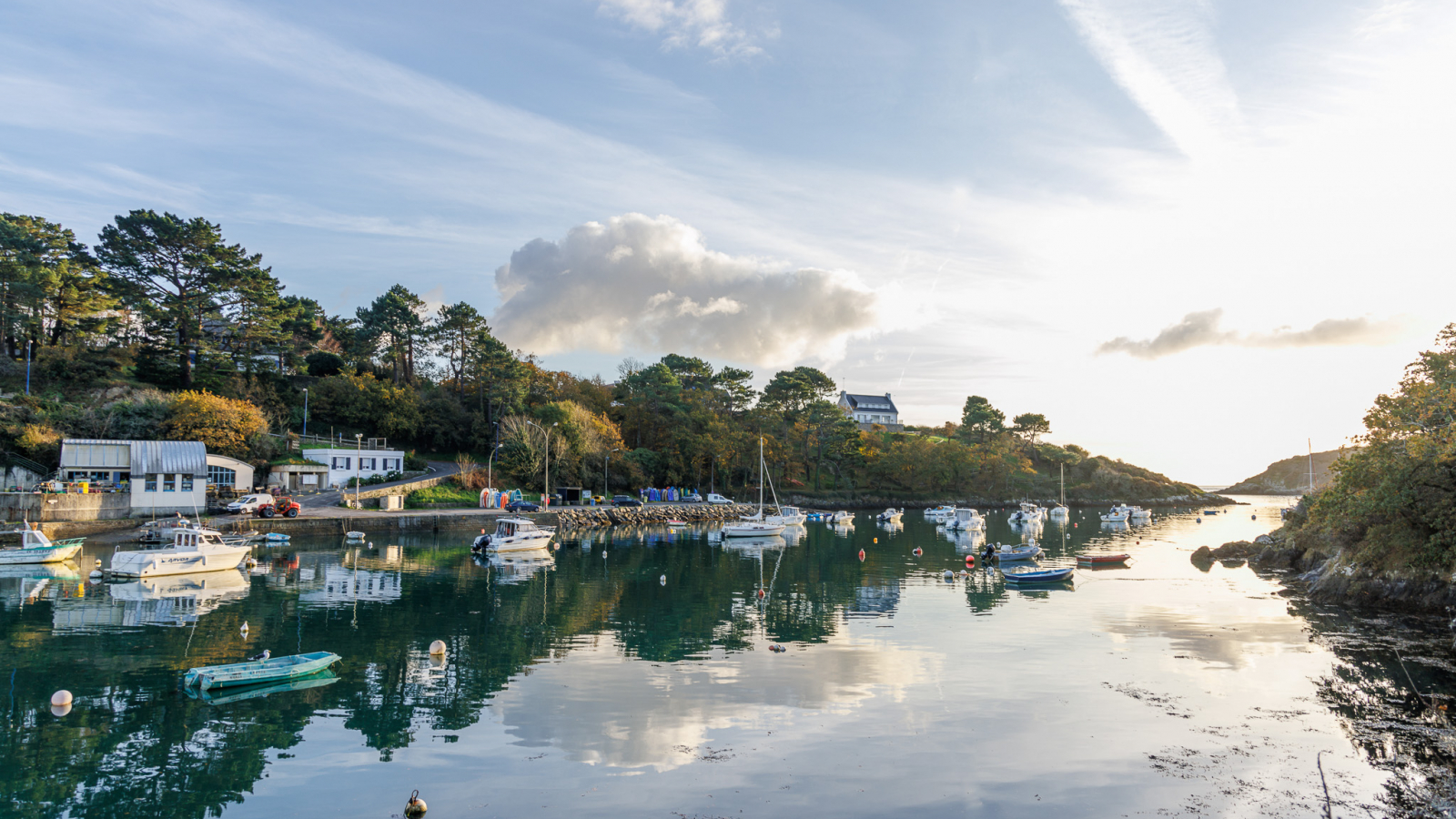The oyster, a tasty treasure from our rias
There are 6 rias in Destination Quimperlé les rias: the Aven, the Bélon, Brigneau, Merrien, Doëlan and the Laïta. These are all natural areas where the sea mingles with the rivers, creating an incomparable larder for growing shellfish: between salt water and fresh water, the conditions are ideal for maturing oysters and mussels. Popular for their iodised flavour, Brittany's oysters owe their distinctive character to the merroir, which is specific to this environment. Oysters matured in the rias benefit from rich, plankton-filled water.

It was in Roman times that oysters were elevated to the rank of luxury food. Even then, the River Bélon was a renowned and exploited source of supply, with its own Roman road. These molluscs lived in a natural state, attached to a rocky substrate until the wild oyster beds, overexploited each season, disappeared completely. At the end of the 19th century, the first concessions were granted to private individuals to exploit part of the foreshore where the oyster spat would grow.










